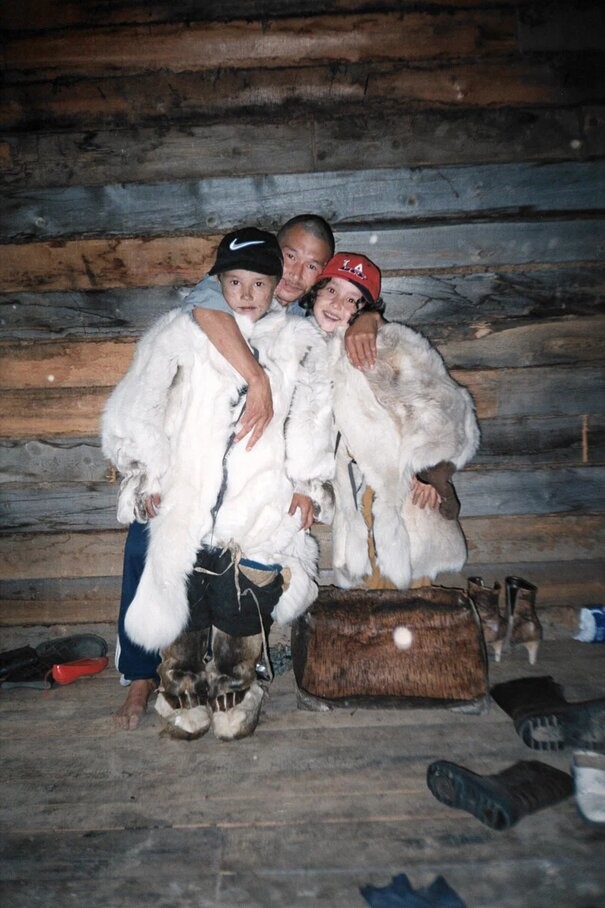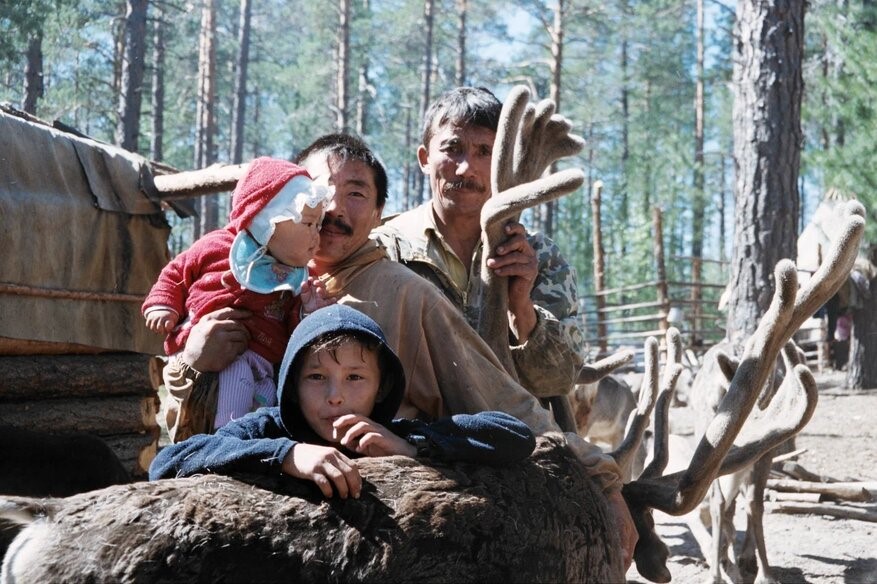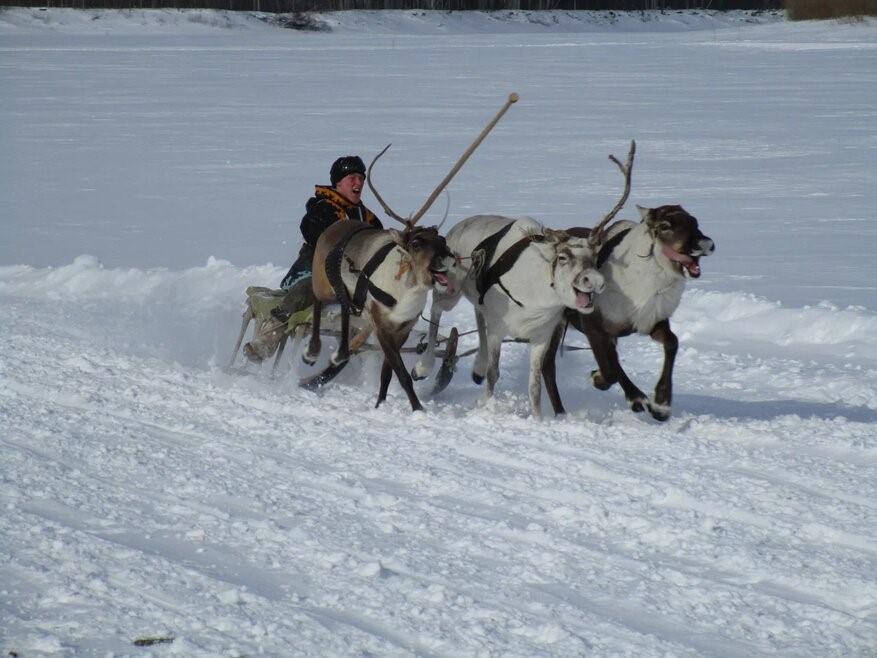|
|
Dr. Stepanova
Senior Research Fellow, Department of Ethnography of Siberia, Museum of Anthropology and Ethnography, Russian Academy of Sciences
|
Selkups. General Information
Selkups, a Samoyed people, is a small-numbered indigenous people of the North. They live primarily in the Tomsk region (mostly in the Verkhneketsky, Kargasok, Kolpashevo, and Parabel districts), the Yamal-Nenets autonomous area (mostly in the Krasnoselkup and Pur districts), and in the Krasnoyarsk territory (the Turukhansk district).
The total number of Selkups, according to the 2020 All-Russian Population Census, is 3,491 people (1,612 men and 1,879 women).
Selkups have several endonyms: Syolkup, Shyolkup, Shyoshkum, Sussse-Kum meaning “a person of the taiga” and Chumyl-Kup, “a person of the earth.” Southern Selkups also have such endonyms as Tyuykum and Paykum. Until the 1930s, Selkups were called Ostyaks, Samoyeds, or Ostyak Samoyeds. The ethnonym Selkup was introduced into Russian scholarship by the renowned linguist and ethnographer Georgy N. Prokofiev. It was derived from an endonym used by the Northern Selkups and immediately adopted by the Tazovsky and Turukhansk Selkups. Southern Selkups, on the other hand, had called themselves Ostyaks until the mid-1980s.
The 2010 census puts the number of Selkups at 3.649 persons, of them 1.988 persons live in the Yamal-Nenets autonomous area, 1.181 persons live in the Tomsk region, and 369 persons live in the Krasnoyarsk territory.
Today, most Selkups live in officially recognized settlements. In the Krasnoselkup district, they live in the villages of Krasnoselkup, Tolka, and Ratta; in the Pur district, they live in the city of Tarko- Sale and the villages of Tolka, Kharampur, and Khalyasovey; and in the Turukhansk district, the village of Farkovo is considered a Selkup settlement. Selkups also live in the villages of Turukhansk, Staroturukhansk, Sovrechka, and others. In the Tomsk region, Selkups live in the village of Ivankino in the Kolpashevo district and the village of Napas in the Kargasok district.






























































